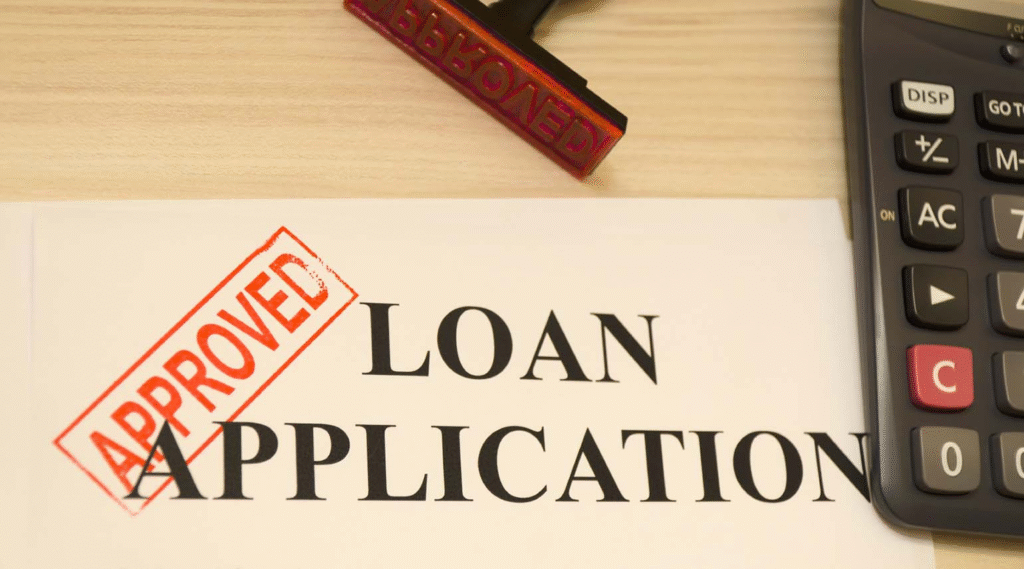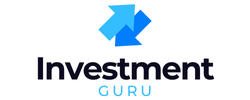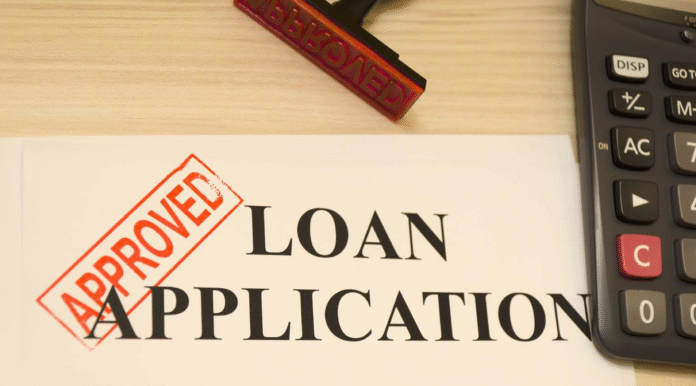Credit card debt is tough. You spend money on a few things, pay the minimum bill, and before you know it, the balance grows bigger than you expected. The high interest makes it worse, making you feel like you can never catch up.
Something that can help you with credit card debt is a personal loan. With a personal loan, you can take money from a bank or lender, use it to pay off your credit card debt, and then focus on just one payment each month. The interest is usually lower than credit cards, and you know when the debt will be gone.
This guide walks you through what personal loans are, why people use them for credit cards, where to get approved for a personal loan, and how to use it the right way.
Table of Contents
What is a Personal Loan?

A personal loan is money you borrow from a bank, credit union, or an online company. You do not need to put up a house or a car as collateral before getting it. The loan is based mostly on your credit score and income.
Here’s how it works:
- You apply and tell the lender how much you need.
- If they approve it, they send you the money in one lump sum.
- You pay it back in equal monthly payments over a set time, like 2 years, 3 years, or 5 years.
- The interest rate is fixed, so your payment does not change from month to month.
This is different from a credit card. With a card, you can keep borrowing, the rate is usually much higher, and there is no clear end date. A loan is cleaner: one balance, one payment, one finish line.
Why You Should Use a Personal Loan for Credit Card Debt
People use personal loans to clear credit card debt for a few simple reasons:
1. Lower Interest Rates
Credit cards often charge very high interest, sometimes over 20%. A personal loan can be much lower, often around 8–15% if your credit is decent. This means more of your payment goes toward the debt, not the interest.
2. One Payment Instead of Many
If you have three or four credit cards, keeping up with all of them can be messy. A loan lets you pay them off and combine everything into one monthly payment. It’s easier to track and less stressful.
3. A Clear End Date
Credit cards don’t tell you when you’ll be done paying. A personal loan does. You’ll know the exact month and year your debt will be gone, as long as you make your payments.
4. Boosts Your Credit Score
When you pay off your credit cards with a loan, your “credit use rate” goes down. That’s a fancy way of saying you’re not maxing out your cards anymore. Over time, this can help your credit score rise.
Where to Get Personal Loans
Finding a personal loan is not like hunting for buried treasure. You don’t need a map and a shovel. There are a few common places where people go:
1. Banks

Big banks such as Wells Fargo, Citi, Discover, or U.S. Bank offer personal loans. If you already have a checking account with one of them, the process can be a little smoother. The downside? Banks sometimes move slower and can be picky with who they approve.
2. Credit Unions
Credit unions are like banks, but smaller and member-owned. They often give lower rates because they don’t chase big profits. You may need to join first, but many credit unions are easy to get into. Some well-known ones are Navy Federal, PenFed, and Alliant Credit Union. Think of them as the friendly neighbor who actually lends you sugar when you knock on the door.
3. Online Lenders
These are companies that live on the internet, not on the corner of your street. They move fast — sometimes you can get money the same week. Some names you’ll see a lot are SoFi, LightStream, Marcus by Goldman Sachs, LendingClub, Upgrade, Best Egg, and Upstart. Just make sure you read the fine print before you click “accept.”
4. Loan Marketplaces
Websites like LendingTree, NerdWallet, or Credible act like shopping malls for loans. You walk in (well, click in), and dozens of offers are on display. You can compare rates side by side instead of running around to each lender one by one.
How to Choose the Best Loan
Okay, so you’ve seen the buffet of loan options — banks, credit unions, online lenders, and those comparison sites that throw twenty offers at you at once. But how do you actually pick one without feeling like you’re guessing? Here’s the no-nonsense way:
1. Look at the APR
APR is just a fancy term for “the real cost of the loan.” It includes the interest and most fees. Lower is better. Don’t let a shiny ad fool you — always check the APR, not just the rate they throw in bold letters.
2. Check the Monthly Payment
Be honest with yourself here. Can you actually pay this every month without eating instant noodles three times a day? A good loan should fit your budget comfortably, not squeeze you.
3. Watch Out for Fees
Some lenders sneak in origination fees (a charge just to give you the loan) or prepayment penalties (a charge if you dare to pay them back early). Read the terms. If you feel your eyes glazing over, grab coffee, then keep reading.
4. Trust the Lender
Don’t borrow from someone shady just because they wave a low rate in your face. Stick with banks, credit unions, or online lenders with real reputations. Check reviews, BBB ratings, or even just whether they pick up the phone when you call. If it smells fishy, it probably is.
5. Compare More Than One Offer
Don’t just jump on the first loan you see. Take a little time to compare. Even a small difference in the rate can save you hundreds or thousands over time. It’s like shopping for shoes — you don’t buy the first pair you see unless they fit perfectly.
Step-by-Step: How to Use a Loan to Pay Off Cards
Getting a personal loan is only half the job. The real trick is knowing what to do with it once that money lands in your account. Here’s the simple play-by-play:
Step 1: Write Down What You Owe
Grab a piece of paper (or open a spreadsheet if you’re fancy) and list every credit card, the balance, and the interest rate. Yes, all of them — even that dusty store card you forgot about.
Step 2: Apply for Pre-Approval
Go to a few lenders and ask for pre-approval. This lets you see your possible loan terms without hurting your credit score. Think of it like trying on clothes in a fitting room — no harm done if you don’t buy.
Step 3: Pick the Best Offer
Compare rates, fees, and monthly payments. Don’t just go for the loan with the lowest monthly bill, because that usually means a super long term. You’ll save more if you pick a fair payment with a shorter timeline.
Step 4: Pay Off the Credit Cards Right Away
Once the loan money hits your bank, resist the urge to “hold it for a while.” Send it straight to your credit cards. This is not fun money. It’s debt-killer money.
Step 5: Set Up Auto-Pay for the Loan
Life gets busy. Auto-pay makes sure you never forget a payment and avoids late fees. Missing one payment is like spilling soda on your credit report — it leaves a mark.
Step 6: Hide the Scissors, but Lock the Cards Away
Don’t start running up those cards again. Some people cut them up, some keep them locked in a drawer. Whatever you do, don’t undo your hard work by swiping them again right away.
Pros and Cons of Using a Personal Loan for Credit Card Debt
Like most things in life (pizza toppings, gym memberships, dating apps), personal loans come with ups and downs. Let’s lay them out.
Pros
Lower Interest
Credit cards can charge rates that make your eyes water. A loan usually costs less, so you save money.
One Simple Bill
Instead of juggling four or five card payments, you get one steady payment. Less mental math, less stress.
Clear End Date
With a loan, you know exactly when you’ll be debt-free. It’s like having a countdown clock, except it’s not for New Year’s — it’s for freedom from debt.
Possible Credit Boost
Paying off your cards can lower how much of your limit you’re using. Over time, this can give your credit score a nice little lift.
Cons
Still Debt
Let’s be honest — a loan doesn’t erase your debt. It just changes how you pay it back. You still owe the money.
Fees May Apply
Some lenders tack on fees just for giving you the loan. Others might charge if you pay them back too soon (yes, they get mad if you’re too responsible).
Not Always a Better Rate
If your credit score isn’t strong, the loan might not save you much compared to your cards. In some cases, it could even be worse.
Risk of New Card Debt
If you clear your cards and then start swiping them again, you’ll end up with both the loan and more card debt. That’s like mopping the floor while the sink is still overflowing.
Other Choices if a Loan Isn’t Right
A personal loan can be a good tool, but it’s not the only tool in the box. If it doesn’t fit your situation, here are some other ways to tackle credit card debt:
1. Balance Transfer Card
This is a new credit card that lets you move your debt over at 0% interest for a set time (usually 12–18 months). It’s like hitting pause on the interest clock. The catch? You need decent credit to qualify, and you have to pay it off before the promo ends, or the high rates come back like a bad sequel.
2. Debt Management Plan
Non-profit credit counseling groups can call your card companies and ask for lower rates on your behalf. You then pay the counseling group once a month, and they split it up among your creditors. It’s kind of like having a referee step into the game so you don’t keep getting fouled.
3. DIY Snowball Method
You pay off the smallest debt first, no matter the interest. When that one’s gone, you move to the next smallest. It’s about small wins and momentum. Like leveling up in a video game — clear the easy stage first to build confidence.
4. DIY Avalanche Method
Here you tackle the debt with the highest interest first. Once that’s knocked out, you move to the next one. It saves the most money overall, but it requires patience since the first balance might be the biggest.
5. Talk to Your Card Issuer
Sometimes calling your credit card company works. They may lower your interest or offer a hardship plan. It doesn’t hurt to ask — the worst they can say is no, and you’re already in that spot anyway.
Real-Life Example (Case Study)
Let’s say Sarah has three credit cards:
- Card A: $3,000 balance at 22% interest
- Card B: $2,500 balance at 20% interest
- Card C: $2,500 balance at 25% interest
Total: $8,000 in credit card debt.
Sarah is making the minimum payments each month, about $200 total. At that pace, she’ll be paying for years, and by the time she’s done, she may have shelled out more than $12,000. Ouch.
Now picture Sarah taking out a personal loan for $8,000 at 11% interest for 36 months. Her monthly payment is around $260. That’s a little higher than before, but here’s the difference:
- She knows the debt will be gone in 3 years.
- She saves roughly $4,000 in interest.
- She only has one bill to think about each month.
The best part? Sarah doesn’t get random late fees anymore because she forgot one of the three different card due dates.
Of course, this only works if Sarah doesn’t swipe those cards back up again. If she does, she’ll be right back where she started — except now with a loan on top. That’s the debt version of tripping over the same rock twice.
Final Take
A personal loan isn’t magic. It doesn’t erase debt. What it does is give you a cleaner, cheaper way to pay it off. Instead of fighting with three or four credit cards and crazy high interest, you end up with one steady payment and a finish line you can actually see.
It works best if you:
- Get a loan with a lower interest rate than your cards
- Pick a monthly payment you can really handle
- Stop running up the credit cards once they’re paid off
Used the right way, a personal loan can save you thousands of dollars and a lot of headaches. Used the wrong way, it just adds another bill to your stack.
Think of it like a hammer. In the right hands, it builds a house. In the wrong hands, it just smashes your thumb.
So if credit card debt feels like it’s weighing you down, a personal loan might be the tool that helps you finally break free — as long as you follow through and change the habits that got you stuck in the first place.
FAQs: Personal Loans for Credit Card Debt
1. Do personal loans really save money on credit card debt?
Yes, if the loan’s interest rate is lower than your credit card rate. Most cards charge 20% or more. A personal loan might be closer to 8–15%. Less interest means more of your money actually goes toward the balance.
2. Can anyone get a personal loan?
Not always. Lenders look at your credit score and income. If your score is low, you may still qualify, but the rate could be high. In that case, the loan might not help much.
3. Should I close my credit cards after paying them off with a loan?
Not necessarily. Closing cards can hurt your credit score because it lowers your available credit. A safer move is to keep them open but tucked away — out of sight, out of mind.
4. What if I miss a loan payment?
It’s bad news. You’ll get hit with fees, your credit score will take a hit, and the lender will start calling. If you think you might miss a payment, contact the lender right away. They’d rather work with you than chase you.
5. Is a personal loan better than a balance transfer card?
It depends. Balance transfer cards can give you 0% interest for a year or more, which is great if you can pay it off fast. But if you need more time, a personal loan with a fixed rate might be safer.
6. What’s the biggest mistake people make after getting a personal loan?
Simple: running their credit cards back up. That’s like cleaning your room and then tossing dirty clothes on the floor five minutes later. If you use the loan to pay off cards, lock those cards away until you’re debt-free.


